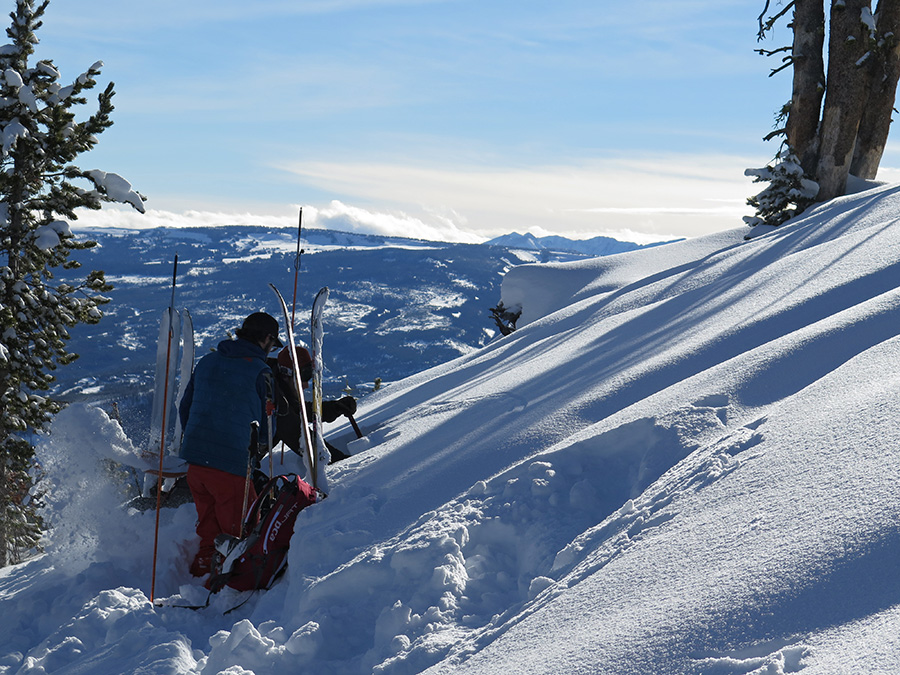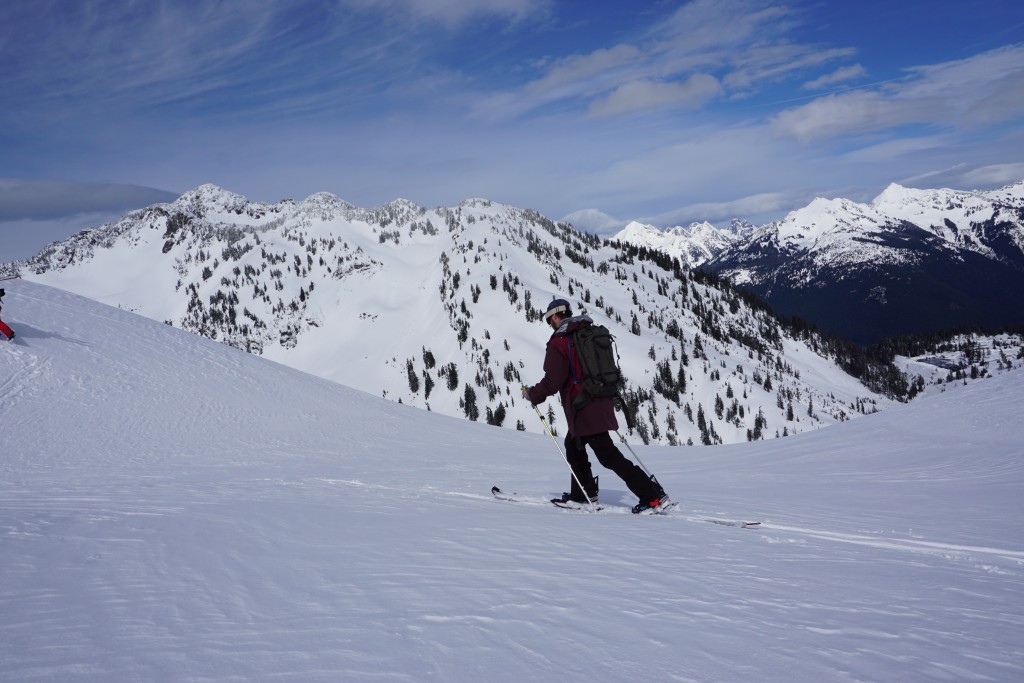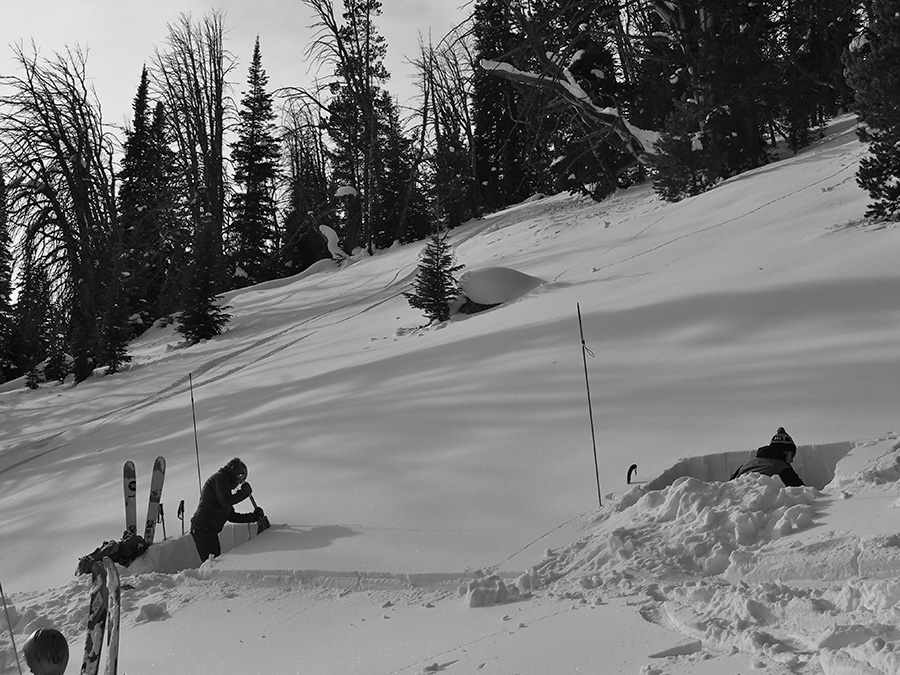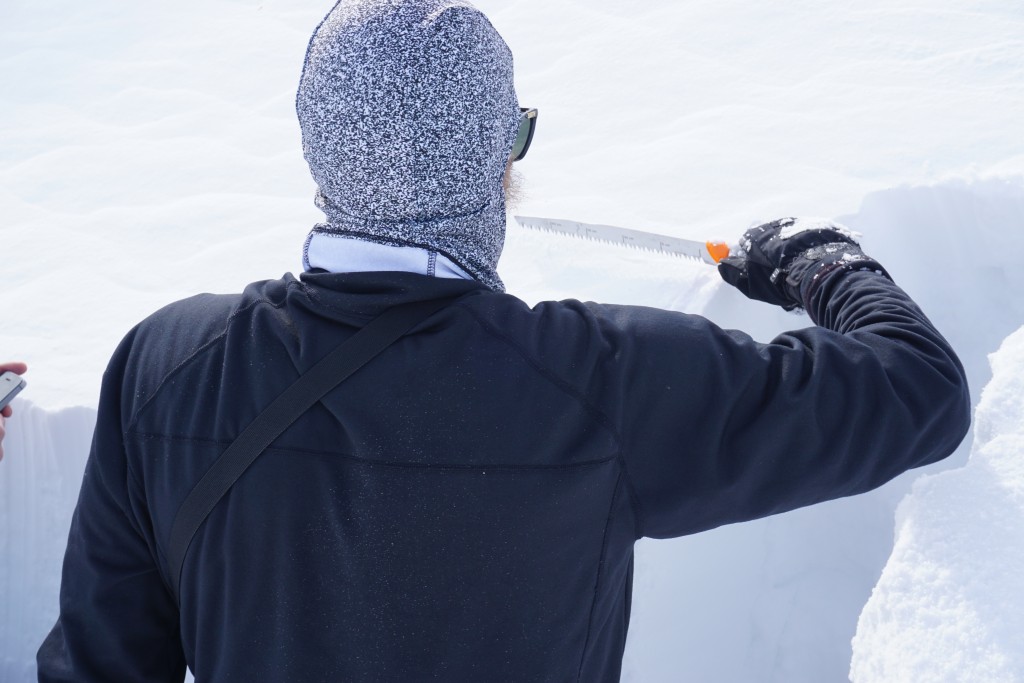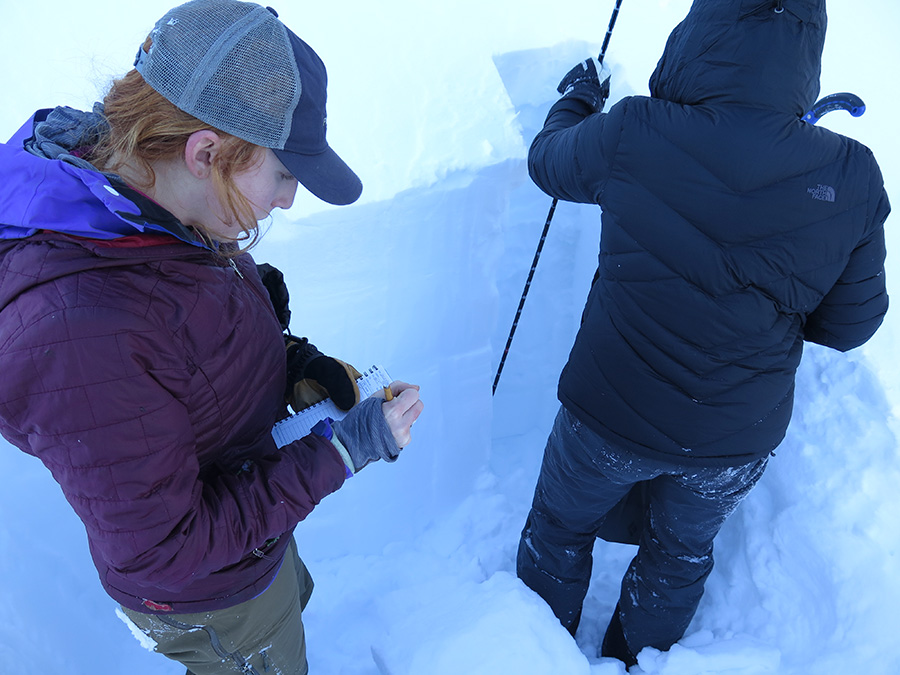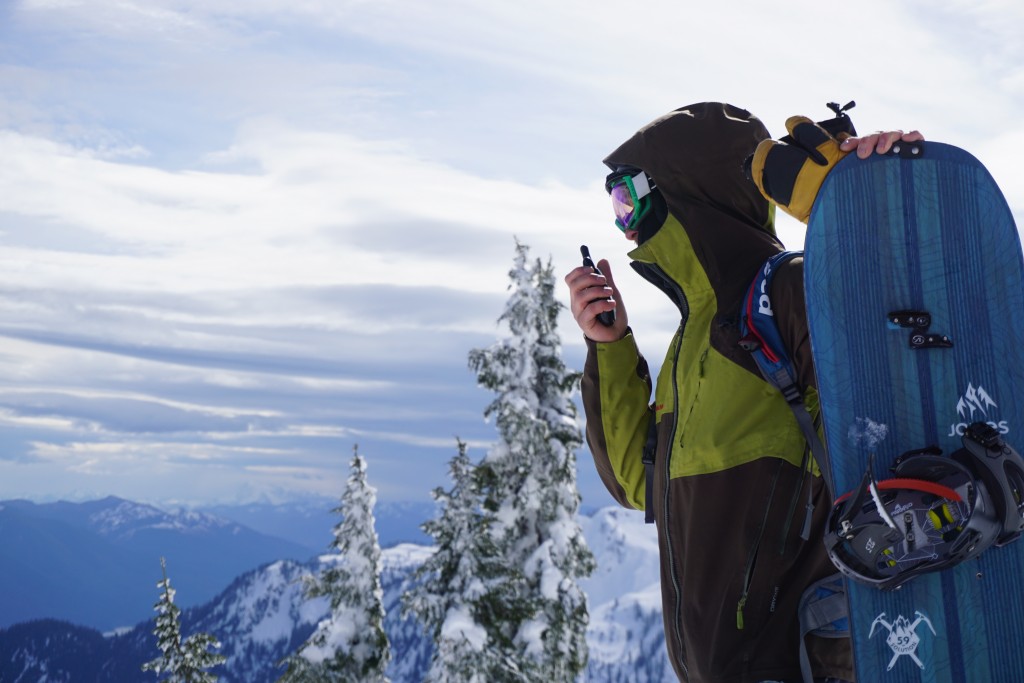The Next Steps After Taking an Avalanche Course
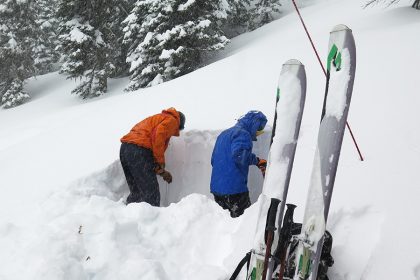
Words: Clark Corey
December, January and February are busy months for avalanche education in North America. As March rolls around, there’s a whole new generation of backcountry enthusiasts who are excited to get out and use their newfound knowledge. But, just because you’ve completed your avalanche course, does that mean you’re good to go?
For a recent graduate of any course, whether it be an awareness course, a level 1 or a level 2, it’s imperative to remember that there is still a lot to learn. Creating a solid baseline of backcountry knowledge involves getting the education from formal training, and learning the right way to do many things. But just as important, riders need to apply this to everyday touring, and gain practical experience. There’s no shortcut here, you just have to be diligent, use your skills, and go riding!
Get Out!
Formal education goes hand in hand with real life experience. It’s one thing to talk about metamorphism in class, then look at grains in a snowpit, but it can really click when you get to watch the snowpack change over the course of an entire season.
Sure the concept of “just get out” sounds simple and obvious, but as a co-instructor of mine put it “this knowledge has an expiration date”. If you don’t get out and use it, you will certainly forget it. I’ve run into several past students a year after taking a course, and when I’ve asked, “have you been getting out?” the response has been, “no, I haven’t gotten out since the course”. Get out with your friends and make some decisions, look at the snow, and talk about travel protocol. Try to get out with both people who have more experience than you, as well as, folks who have a similar level of knowledge – so you’re forced to work together. The more you do this practice in the field, the more fluid it will become.
Know What’s Going On
Keep track of the avalanche forecast multiple times a week, and better yet, every day. Jumping blindly into a random forecast the day you’re getting out makes a lot less sense than knowing what has happened leading up to that day. You’ll learn a lot just by staying plugged-in, as avy centers tend to explain why conditions are what they are, and what weather events lead up to this, which can help connect the dots. Think about what the problems and hazards are, and look for these while in the mountains so you can start to translate field observations to avalanche conditions. Take note that your local avalanche center isn’t just a one way street – they love to hear what you’re seeing out there. By submitting an observation, this helps to consolidate your thoughts on the day, and boil it down to the main problems that you observed. This reflection process is a valuable part of the learning process.
.Practice Makes Perfect
This goes for all skills, but one you should seriously consider not getting rusty on is rescue. It’s one of those skills that you want to be good at, but never have to use. And by practice I mean not just the beacon part, but getting the probe and shovel out of your pack, and performing these steps too.
Be Humble
Courses are jam packed with information, and it’s common to walk away feeling much more prepared. Although true, be careful with over confidence and always ease into situations. Remember to rationalize decisions with plenty of pre-planning and current observations – and know that being conservative is never the wrong answer. Courses aren’t intended to unlock bigger lines, but rather to help people realize when it’s safe or not safe to enter steep avalanche terrain. Having more experience and education doesn’t mean that pushing the in-between conditions is now okay, it just means you now know better.
Read Up
There are tons of good resources available, which will likely make a lot more sense after spending a weekend learning about avalanches in a course. Books like Tremper’s Staying Alive in Avalanche Terrain is great as it covers all the fundamentals and then some. For more advanced and technical material check out the Avalanche Handbook by David McClung and Peter A. Schaerer. Note, I advise people to get a strong hold on the basics first, before delving deeper into more complex subjects, as this can just add unnecessary clutter to decision making
More Education
After you’ve had some time to hone your baseline skills, there are always opportunities to learn more from another avalanche course. There’s likely a course up the ladder, a refresher, or a one day rescue course, so stay aware of local classes and be thinking about your next education goal.
About the Author
Clark Corey is an avalanche educator based out of Bozeman, MT and works for the American Avalanche Institute.

